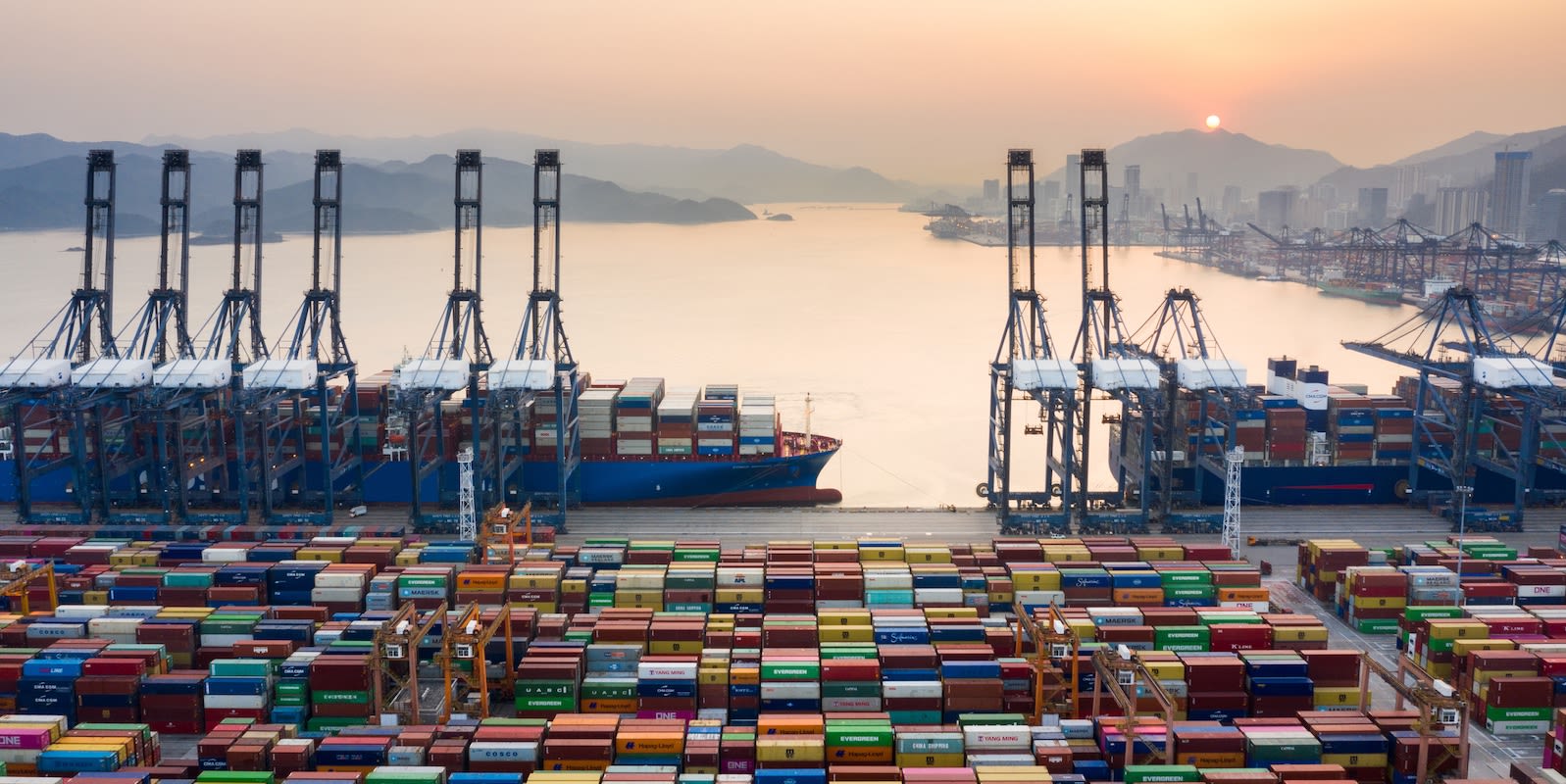
May 15, 2023
Past Expiration: U.S. Imports from GSP countries Surprise
The U.S. allowed its General System of Preferences (GSP), a set of preferential tariffs long extended to developing countries, to expire in December 2020, snapping back duties for goods from more than 100 countries from zero to Most Favored Nations (MFN) levels. This was expected to dent, if not seriously depress, their exports to the US. In investigating the extent of the impact, we found they actually increased.
Tariffs go up, imports go down. Or so the thinking goes. And that can be true, in instances when the tariffs are so high as to shift the demand curve. More than often than not, however, raising tariffs by 7.5% or even 25% won’t accomplish this.
The GSP presents such an interesting test case, among many interesting test cases in recent years. Rather than stagnating or dropping after GSP expired in December 2020, U.S. imports from the GSP countries increased. Substantially. Prior to that, their month-to-month movement largely mirrored that of total imports, albeit with some minor exceptions. But then there was a separation in early 2021. By April 2022, combined imports from 87 smaller GSP economies were up more than 60% over the index month; total US imports were up just 11% by the same measure. Since August, they have been falling at more-or-less the same rate as the total, although still above December 2020 levels (see chart below).
We’ll admit, as we often do, that there is churn beneath the top-line data. We’ve made some allowances for that.
First, we stripped out agricultural and non-agricultural commodities – HS 27, covering minerals and ores, ranges between one-third and one-fifth of imports by value from these countries, for example. That enables us to, second, focus on the goods of most interest: intermediate and final goods. Here, we include 34 two-digit HS chapters, from plastics (HS 39) and rubber (HS 40) to apparel and footwear (HS 61 - 64) and up through furniture (HS 94) and toys (HS 95).
The chart below provides a like-for-like comparison of U.S. real imports by three groups: Total U.S. imports from those 34 HS chapters; imports from 92 GSP countries; and imports from GSP countries excluding Thailand, Brazil, Indonesia, Philippines and South Africa. It shows the three-month rolling average of each country group, indexed to December 2020, the last month the GSP was in effect.

It’s important to note that, despite the rise, U.S. GSP country imports grew from a low base. At their highest point in this period, in April 2022, they only accounted for 7.5% of the total of $169 billion; the smaller economies together just 1.7%, or $2.7 billion.
Nevertheless, it’s an impressive performance over a period when their share might have otherwise been expected to decrease as a result of the loss of duty-free market access for most of their exports. And also at a time when many have been heralding the end of globalization, at least insofar as trade in goods is concerned.
The question, then, is what explains this? One potential explanation is the pandemic-era scramble for supply amidst the shift and spike in consumer demand. Buyers had to find product where they could, which meant seeking out different sources, even if it cost more due to higher tariffs and other factors. As examples, U.S. apparel imports from all GSP countries under heading HS 65 increased more than two-and-half times and furniture more than two times by 2022 compared to year-end 2019 totals. The other significant gains were in electrical machinery and equipment (HS 85), umbrellas, walking sticks, etc (HS 66) and jewelry and precious stones (HS 71).
It’s difficult to determine whether this was a one-off effect of pandemic-era conditions or if these countries collectively or individually present a viable means of lasting diversification. And whether renewal of the GSP, which has White House support and among members of Congress, will even matter that much to trade flows.
Reporting appears to argue that, at the very least, the expiration of GPS has hindered diversification efforts. Maybe. For achieving that goal, if hopes hinge on Cambodia – a nation of roughly 17 million people – and a geographically-dispersed collection of similarly small countries facing capacity constraints, they might be misplaced.
Disclaimer: The contents of this report are made available for informational purposes only and should not be relied upon for any legal, business, or financial decisions. Flexport does not guarantee, represent, or warrant any of the contents of this report because they are based on our current beliefs, expectations, and assumptions, about which there can be no assurance due to various anticipated and unanticipated events that may occur. This report has been prepared to the best of our knowledge and research; however, the information presented herein may not reflect the most current regulatory or industry developments. Neither Flexport nor its advisors or affiliates shall be liable for any losses that arise in any way due to the reliance on the contents contained in this report.





